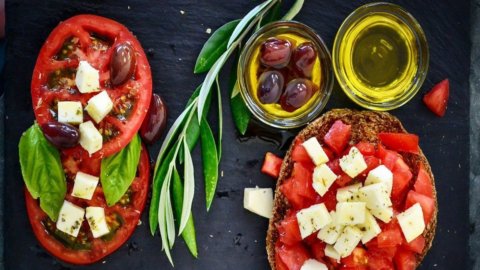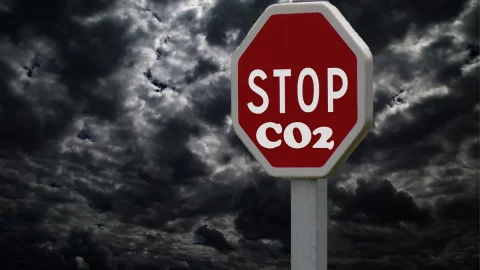According to Istat data analyzed by Coldiretti, on the occasion of Cibus, more than 1 farm out of 10 (11%) is in such a critical situation as to lead to the cessation of the activity. And about a third of the national total (30%) is still forced to work at the moment in a condition of negative income due to the increase in production costs. The price increases affect the purchases of fertilizers, packaging, diesel, tools and machinery that are putting budgets in crisis. Bring Coldiretti back into the investigation The war on the plate “cost increases have been recorded ranging from +170% for fertilizers to +90% for feed, to +129% for diesel with increases in current costs of over 15.700 euros on average, but with peaks of over 47.000 euros for milk and peaks of up to 99.000 euros for chicken farms. The impact of the surge in costs for all farms exceeds 9 billion euros”.
The difficulties come from the "non-programmable" price increases
The entire supply chain is in difficulty and has found itself facing unilateral increases by packaging suppliers such as the glass, which costs more than 30% more than in 2021, but there is a 15% increase for the tetrapack, 35% for labels, 45% for the cardboard, of 60% for tin cans, up to 70% for the plastic bags. “But the prices of the orders now change from week to week, making normal economic planning in company costs impossible.
Also upped the road transport of 25% to which is added the worrying situation of container and sea freight costs, with increases ranging from 400% to 1000%. In general, according to the global index Freightos, an important index in the shipping market, the current price of a container is equal to 9.700 dollars compared to 1.400 dollars a year ago”. Agricultural and food production in Italy absorb over 11% of total industrial energy consumption for approximately 13,3 million tons of oil equivalent (Mtoe) per year. "In the agricultural system, direct energy consumption includes fuel for tractors, greenhouses and transport, while indirect consumption includes those deriving from plant protection products, fertilizers and the use of materials such as plastic (4,7 Mtoe)".
The good news, at least up until Russia's invasion of Ukraine and the outbreak of war, came mainly from abroad. The domestic food exports, in January and February 2022, are up by 21,6% on the annual record of 52 billion recorded in 2021, with Germany the main outlet market increasing by 11,1% in the two months, while the USA ranks in second place with a growth of 21,9% and France to follow with +17,9%. A real boom occurred in the United Kingdom with a +39,5% despite Brexit but weighs the drop of 29,5% in China probably due to the prolonged restrictions of the pandemic.
Italian agri-food exports between growth and crisis
Our country's exports, Confagricoltura reiterates, restarted in 2021, and the same did the agri-food sector, which recorded a growth of +14,7% on 2019. To confirm the performance abroad, in addition to the figure for wine which, after the record of over 7 billion euros exported in 2021, also started in January with a +22% on the same period last year, that of Parmesan cheese.
According to data from the consortium, after a record turnover last year, equal to 2,7 billion euros, the first quarter of 2022 recorded an increase in total sales of 3,6% (33.341 tons), driven by international markets growing by 6,9% (14.546 tons). Sales on the Italian market are stable, thanks to the growth of the catering channel, which compensates for the slight drop in domestic consumption.
Coldiretti reiterates: "food has become Italy's first wealth for a value of 575 billion euros in 2021, with an increase of 7% compared to the previous year despite the difficulties associated with the pandemic". Therefore, Made in Italy at the table today it is worth almost a quarter of the national GDP and, from field to table, it involves 4 million workers in 740.000 agricultural enterprises, 70.000 food industries, over 330.000 catering establishments and 230.000 retail outlets. The Belpaese is the first EU producer of rice, durum wheat and wine and of many vegetables and greens typical of the Mediterranean diet such as tomatoes, aubergines, artichokes, fresh chicory, endives, celery and fennel. And also as regards fruit, it excels in many important productions: from fresh apples and pears, from cherries to table grapes, from kiwis to hazelnuts and chestnuts.
However, Italy is also a deficit country which imports as much as 64% of its wheat needs for the production of bread and biscuits, and 53% of the corn it needs to feed its livestock. It then becomes more necessary than ever to invest to increase production and land yields by supporting research andtechnological innovation to support the productions, of the protection of biodiversity and as a tool in response to climate change.





